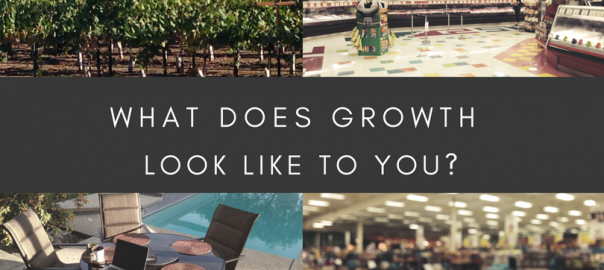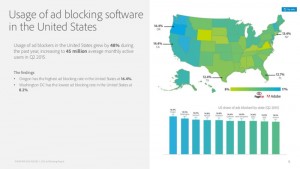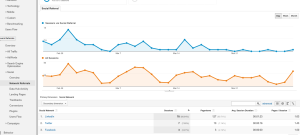
Growth is nuanced. It looks different for everybody and for every company. The path to growth for one can be a disastrous road to travel for another. Growth comes with tradeoffs and counterweights. Anything good in life does. So, if you are earnestly going after growth, you must, with the same diligence and drive, work to understand those tradeoffs and counterweights that come with it.
I work with emerging food and beverage brands, and often the first question I ask is, “What does growth look like to you?” I don’t usually get a very specific answer in return. That’s not a criticism, it’s just not the way most people think about it. Most of us just think growth is growth, but it’s not.
The reason that it is not is the impact of the tradeoff and counterweights. A company’s strategy needs to be metered by their tolerance and acceptance of the sacrifices and risks that accompany growth.
I had a recent series of meetings with a CEO. She felt her company was on the precipice of big growth. She could see the unmet need and felt her products were well suited to capture it. She wanted to swing for the fences.
Over the course of our meetings, we discussed what it would take to achieve the results that she wanted. It would require some capital improvement. It would mean carrying a lot more inventory, and receivables would grow significantly. All of which meant taking on more debt, the counterweight.
Here’s the rub. During our conversation, she shared with me that one of her biggest stressors was debt. It kept her up at night, at times consuming her with worry. Yet, to swing for the fences as she so desperately wanted to do, would necessitate taking on a sizeable amount of debt.
Another step that would need to be taken would be to expand and improve her sales organization. She admitted that she’d needed to push a little harder, formalize some of the reporting, and hold people more accountable. That would be a pretty big change. Her team, for the most part, had been given a lot of autonomy. She also recognized that she’d likely have a challenge with a couple of long-serving sales reps who just did not have the needed skill set to take the brand to the next level. These were going to be some tough tradeoffs.
As we continued to meet, we explored these tradeoffs and counterweights, adjusting growth expectations until the scale was in balance. We found the right mix that still left her excited with her potential growth, but also considered her feelings around debt, culture and long-serving employees.
Now some reading this might question this course of action. Why kick a field goal when the end zone was in plain sight? I will stick with the football analogy. It’s like a quarterback who is scrambling for a first down. He can either dive head first for the marker and risk injury or safely slide and wait for the next opportunity to advance the ball. Which one is right? I think it is situational and personal. Only the guy with the ball can make that choice. The same is true for emerging brands. That’s why it is so critical to be able to answer what growth looks like for you.
Business & Finance Articles on Business 2 Community(35)







